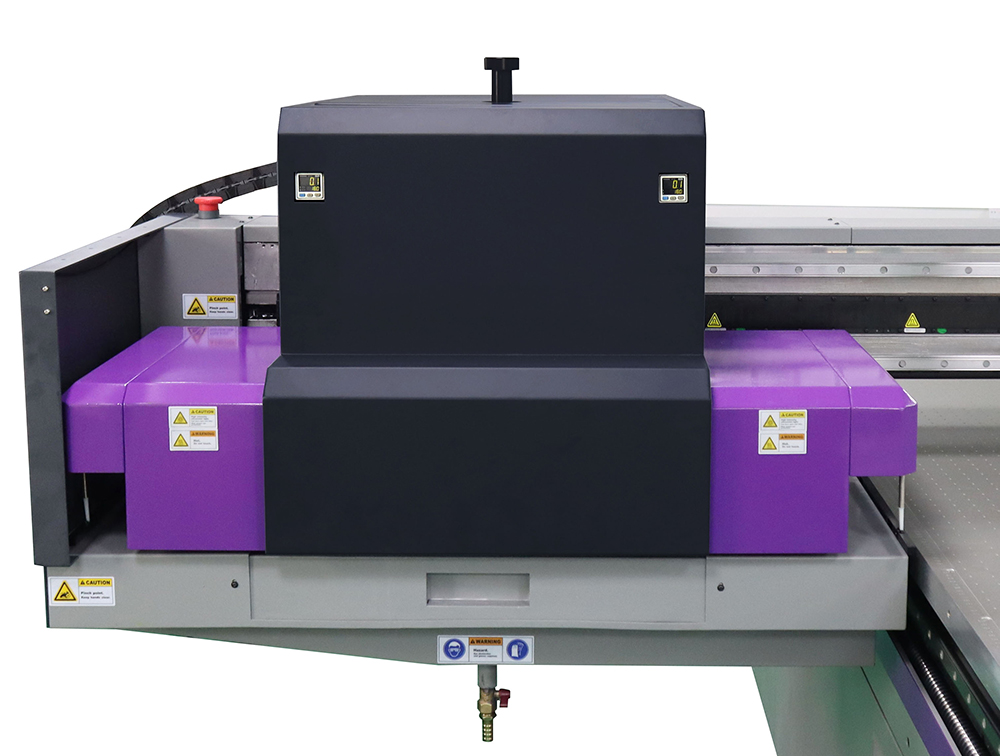UV Flatbed Printer: How to Achieve High-Resolution Prints?
UV Flatbed Printer: How to Achieve High-Resolution Prints?
In the realm of digital printing, UV flatbed printers have revolutionized the way images are reproduced on various surfaces. These versatile machines offer unparalleled precision, speed, and versatility, making them a preferred choice for industries ranging from advertising to manufacturing. One of the key advantages of UV flatbed printers is their ability to produce high-resolution prints that captivate viewers with stunning detail and vibrant colors. However, achieving such remarkable print quality requires a comprehensive understanding of the printer’s capabilities, proper material selection, precise calibration, and meticulous print preparation. This article delves into the intricacies of UV flatbed printing, exploring the strategies and techniques essential for achieving high-resolution prints.

Understanding UV Flatbed Printer Technology
UV flatbed printers utilize ultraviolet (UV) curing technology, which involves the instant drying of ink using UV light. This process allows for immediate curing of the ink after it is deposited onto the substrate, enabling the printer to produce prints that are not only high-resolution but also durable and resistant to fading or scratching. The UV-curable inks used in these printers are formulated to adhere to a wide range of materials, including glass, metal, plastic, wood, and even some fabrics, making them suitable for diverse applications.
Key Factors Influencing Print Resolution
Printer Resolution Settings: The native resolution of a UV flatbed printer, typically expressed in dots per inch (DPI), is a fundamental determinant of print quality. Higher DPI settings result in finer dot placement, leading to sharper images and smoother gradients. Most modern UV flatbed printers offer resolutions ranging from 600 to 4000 DPI or even higher.
Ink Quality: The type and quality of UV-curable ink significantly impact print resolution. Premium inks are formulated to flow smoothly through the printer’s nozzles, ensuring consistent drop size and accurate placement. They also exhibit excellent color saturation and lightfastness, contributing to the overall sharpness and longevity of the print.
Print Head Technology: Advanced print heads with multiple nozzles can deposit ink more precisely, enhancing resolution and reducing banding or streaking effects. Piezoelectric print heads, for instance, offer superior control over ink droplet size and placement, leading to crisper prints.
Substrate Compatibility: The choice of substrate material plays a crucial role in achieving high-resolution prints. Different materials have varying levels of ink absorbency and surface textures, which can affect how the ink spreads and adheres. It is essential to select a substrate that is compatible with UV inks and optimized for high-resolution printing.
Strategies for Achieving High-Resolution Prints
Proper Print Preparation: High-resolution prints start with high-resolution source files. Ensure that your design or image is created or acquired at the highest possible resolution, preferably in vector format for scalability. Raster images should have a resolution of at least 300 DPI to maintain sharpness when printed.
Color Management: Accurate color reproduction is vital for high-resolution prints. Use color profiles specific to your printer and substrate to ensure consistent and vibrant color output. Calibrate your printer regularly to maintain color accuracy over time.
Optimal Ink Settings: Experiment with ink density and layering settings to find the best balance between ink coverage and detail retention. Too much ink can lead to blurring, while too little may result in insufficient color saturation.
Substrate Preparation: Clean and prepare the substrate surface to ensure proper ink adhesion. This may involve removing dust, oils, or contaminants and applying a pretreatment coating if necessary. A smooth, even surface will help the ink lay down uniformly, enhancing resolution.
Print Head Maintenance: Keep the print head clean and well-maintained to prevent clogged nozzles, which can disrupt ink flow and degrade print quality. Regularly inspect and replace worn or damaged nozzles as needed.
Post-Print Curing: Proper curing is essential for both the durability and the final appearance of the print. Ensure that the UV light source is appropriately calibrated and that the ink receives sufficient exposure to fully cure, enhancing color intensity and print resolution.
Software and Hardware Upgrades: Stay updated with the latest software and hardware upgrades offered by your printer manufacturer. These upgrades often include improvements in print resolution, color management, and print speed.
Applications of High-Resolution UV Flatbed Printing
The ability to produce high-resolution prints has made UV flatbed printers invaluable in numerous industries:
Advertising: High-resolution prints are essential for creating eye-catching billboards, posters, and point-of-purchase displays.
Decorative Arts: Artists and decorators leverage UV flatbed printing to produce intricate designs on various surfaces, such as tiles, glass panels, and furniture.
Manufacturing: In the production of prototypes and finished products, high-resolution prints facilitate precise marking, labeling, and customization.
Signage: UV flatbed printers enable the creation of detailed and durable signage for both indoor and outdoor use.
Conclusion
Achieving high-resolution prints with a UV flatbed printer is a multifaceted process that requires attention to detail at every stage of the printing workflow. From selecting the right substrate and ink to optimizing print settings and maintaining the printer, each step contributes to the overall quality of the final print. By investing in quality materials, staying up-to-date with printer technology, and adopting best practices in print preparation and execution, users can unlock the full potential of UV flatbed printers, producing stunning, high-resolution prints that meet the demands of even the most discerning applications.
